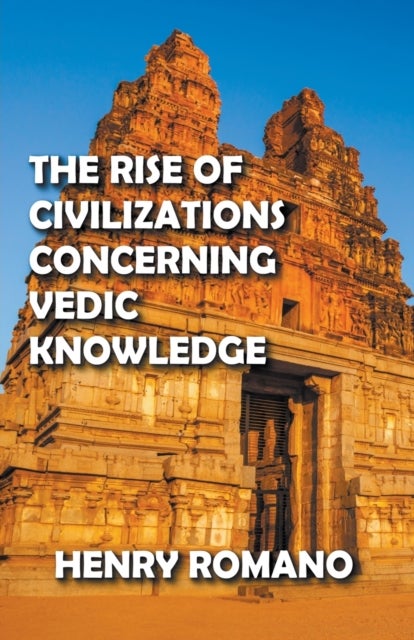
The Rise of Civilizations Concerning Vedic Knowledge av Henry Romano
249,-
<p>Between 3300 and 2900 BC, archaeologists believe that civilization (the rise of Sumeria, the Indus Valley Civilization, and Egypt) marked the beginning of complex cities. The Neolithic Revolution, when agriculture, animal domestication, pottery, and the plow came together, seems not to hold together, as we explored in the final chapter of descending Treta Yuga. There had already been millennia of critical discoveries and developments.</p><p>Why then the abrupt shift to city living, stratified societies, and overproduction of food and other goods for trade or export? Archaeologists believe that man could finally do these things — that he was using recent inventions to an additional advantage. Our study of the yugas tells us that man suddenly wanted to do these things that he was using innovations known for millennia in new ways to suit his new motivation.</p><p>Several large cities existed before descending Dwapara Yuga, but a new breed of city sprang up with Dwapara Yuga. Thes








